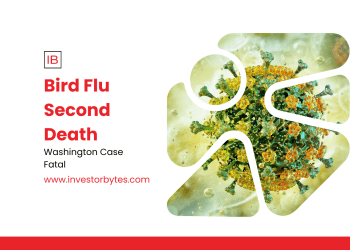The EPA ignited outrage on November 20, 2025, approving isocycloseram—a PFAS “forever chemical”—in ten pesticide products for crops like oranges, tomatoes, almonds, peas, oats, plus turf and indoor pests (cockroaches, termites, bed bugs), claiming no human health risks when labeled, despite advocates decrying 1,500x bee-lethal exposures and long-term liver/reproductive threats. This second Trump-era nod—after cyclobutrifluram two weeks prior—follows Biden’s lone fluazaindolizine okay, with four more PFAS under review amid a $5 billion memorial sector’s fluorinated surge.
Isocycloseram’s persistence—bonds unbreakable, lingering decades in soil/water—fuels critics like Center for Biological Diversity’s Nathan Donley: “Absurdly shortsighted,” ignoring 2024’s EWG/CBD/PEER report on 66 PFAS ingredients contaminating waterways, with California’s 2.5 million pounds annual spray (519,000 fluopyram alone 2018-2023). Denmark’s July bans and EU’s flufenacet denial over thyroid/groundwater risks (TFA byproduct) contrast EPA’s “robust process,” per Brigit Hirsch, eyeing benefits for tough pests. Minnesota’s 15% PFAS pesticide registry and Maine bans highlight state pushback, as 2025’s Make America Healthy Again report broadens approvals.
PFAS pesticides cleared 2025 exposes inequities: Trump’s dereg push—relaxing reporting and water standards—risks $84 trillion wealth transfers’ tainted legacy, with non-stick swaps and produce scrutiny (high in sports drinks, meats, chips) as mitigations. For eco-ethics in EPA PFAS approvals November 2025, clearances aren’t chemistry— they’re catastrophe: forever formulas forge not fields, but fraught futures in food’s fluorinated fray.








